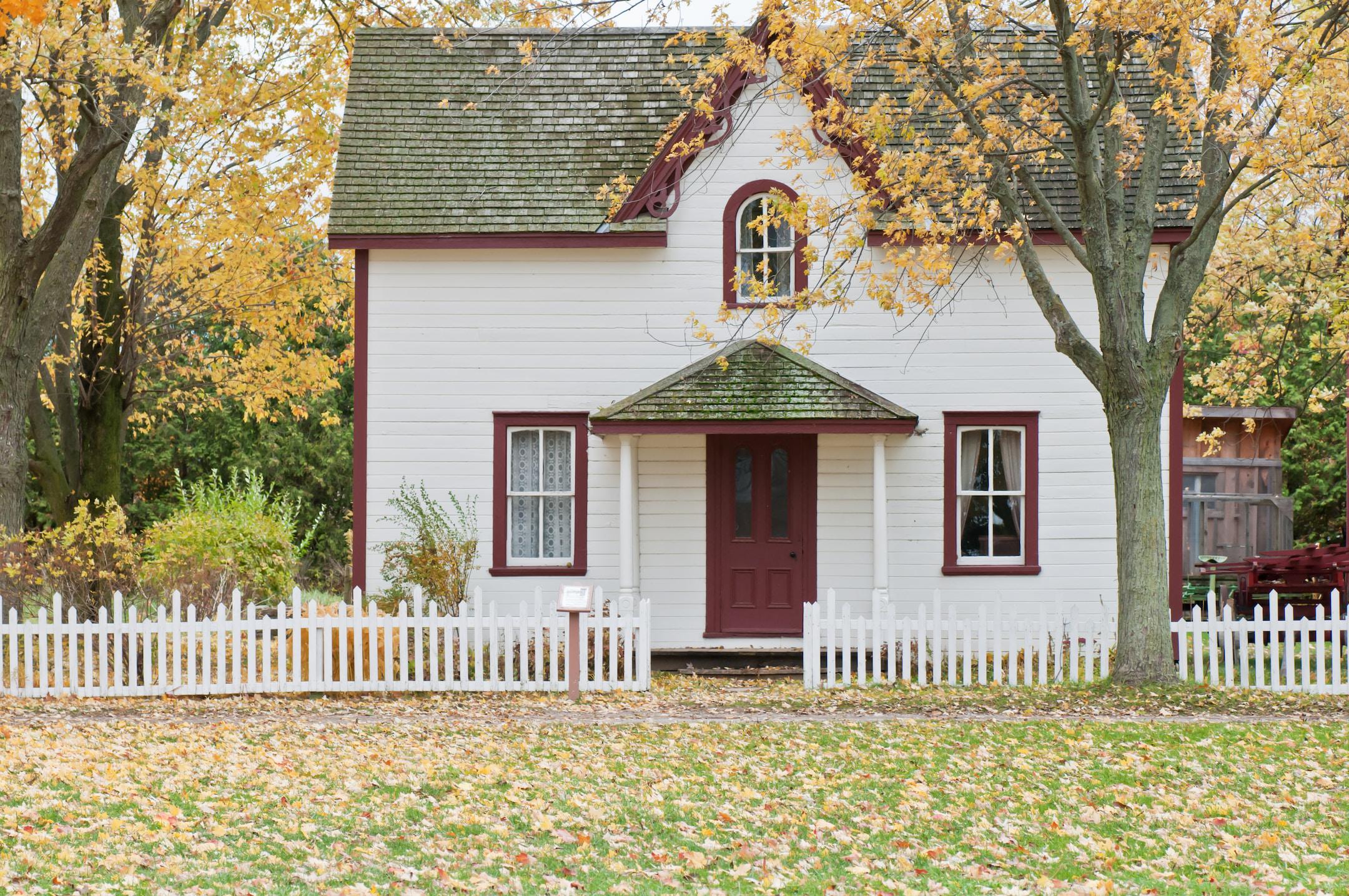
Audiobook: have the policy read to you.
There are almost 600,000 people in the United States without a roof over their heads. Of the ones with places to live, over 100 million rent. Of those who live in homes, which they think they own, over 200 million have their homes mortgaged. Less than 4% of the people of the United States actually own their homes. (Source: US Census)
This policy will be carried out in three phases. The first phase will address the national emergency of houselessness, while setting up structures for the following phases. The second phase will address housing safety, from domestic abuse to fire hazard wiring, we will prioritize those who can not stay where they are. The third phase will make free housing available to everyone, by use of a simple-to-operate app.
Phase One:
A national sign up list will become available as soon as Sherman becomes presidential elect. On inauguration day, a state of emergency will be declared regarding houselessness. Using Eminent Domain, all uninhabited residential properties are to be expropriated, and then inspected for safety. Safety inspections will begin within 24 hours of the first expropriation. Those residences judged safe will be available to be used as housing for a person or family not currently living under a roof within 3 days. All houseless people will be housed within 90 days.
All houses judged unsafe will be upgraded or demolished in accordance with the Environment and Infrastructure Policy. Then restored homes will be made available to the national housing sign-up list.
During this time, the App used in Phase Three will be alpha tested, but not relied upon.
Who is Eligible?
If you live on the street, in your car, in a tent, or in a shelter, you are eligible for housing during Phase One. If you live under a roof, but not in a room with a door, you are also eligible.
Phase Two:
Less than 1% of housing is wheelchair accessible (bts.gov). Nearly a third of housing has wiring more than 50 years old (U.S. Census). According to the CDC, 1 in 4 women, and 1 in 7 men report domestic violence from an intimate partner at some point in their lifetime. Due to under-reporting the number is estimated to be close to 10-million people in the United States per year. For these reasons and more, housing safety is a major concern when addressing housing insecurity. Therefore Phase Two will apply the structure of Phase One, with more inclusive eligibility standards.
All houses judged unsafe will be upgraded or demolished in accordance with the<a> Environment and Infrastructure Policy. Then restored homes and new construction will be made available to the national housing sign-up list.</a>
During this time, the App used in Phase Three will be beta tested and finalized, but not relied upon.
Who is Eligible?
If you have become houseless or otherwise would have been eligible in Phase One, you are still eligible. If you are in a domestic violence situation, you are eligible. If you live anywhere the health inspector or fire inspector would kick you out of (if they found out), you are eligible. If you are a member of a marginalized group of or over the age of 16 (emancipation required of under 18) you are eligible. If you are disabled and your housing does not meet ADA standards, you are eligible.
Phase Three:
Phase three will make free housing available to everyone. All residential properties will be expropriated with Eminent Domain. Residents will not have to move.
By this time, all available residential properties will become visible on an App (in a format inspired by apps like Airbnb and Zillow). You will be eligible to move to another home if you enter a situation that would have made you eligible for Phase Two, or if you have not moved in 6 months.
All homes moved out of will be inspected, and those judged unsafe will be upgraded or demolished in accordance with the Environment and Infrastructure Policy. Restored homes and new construction will be made available via the App.
Who is eligible?
Everyone. There will be no rent and no mortgage in the United States.
Where does the money comes from?
It is less expensive for the State to house one person than to allow them to be on the streets. That revenue saved increases exponentially when we house everyone. Additionally, decreases in waste and misuse of resources will free up funding for this project.
- State and Federal Programs currently treating the symptoms but not cause of houselessness will reallocated funding to Housing for All
- Surplus tax revenue generated by prioritizing housing in mixed use walkable communities, and deprioritizing housing suburbs. (Source: Urban3)
- Disaster relief funding saved by the<a> Environment and Infrastructure Policy will be funneled into Housing for All</a>